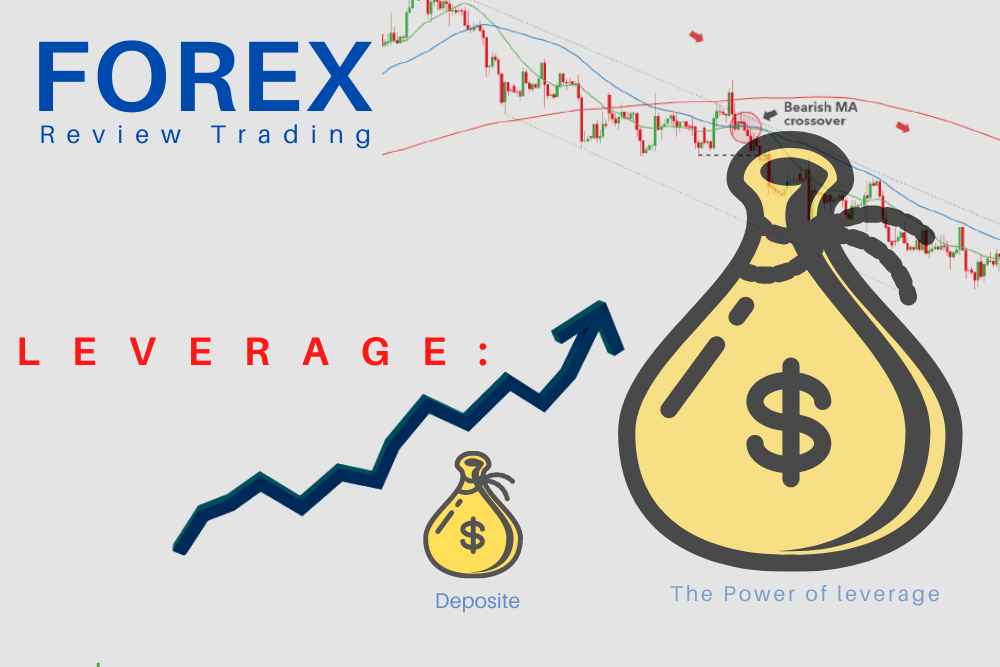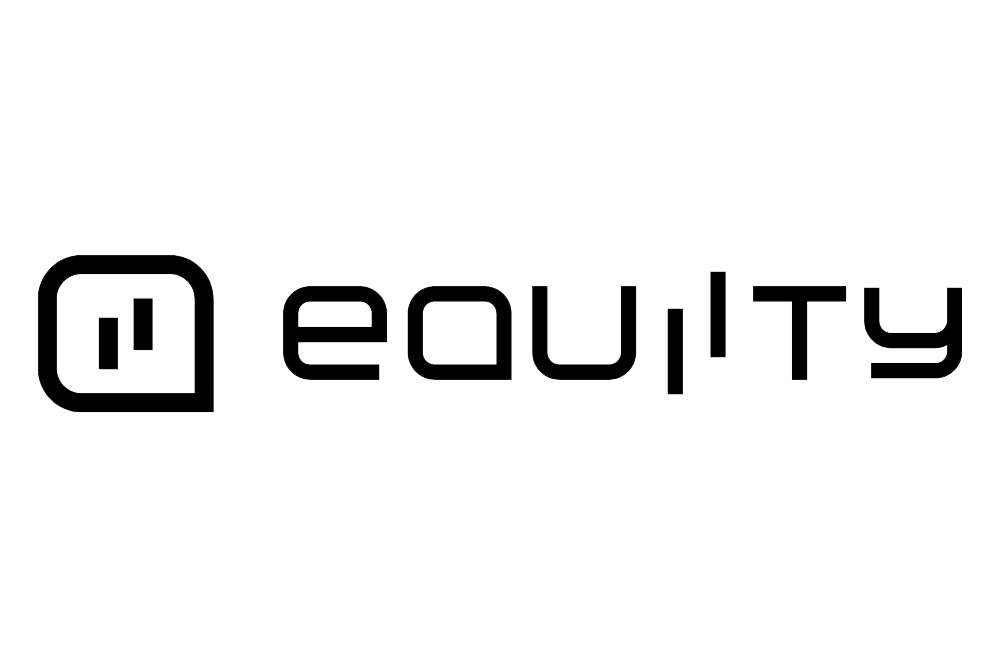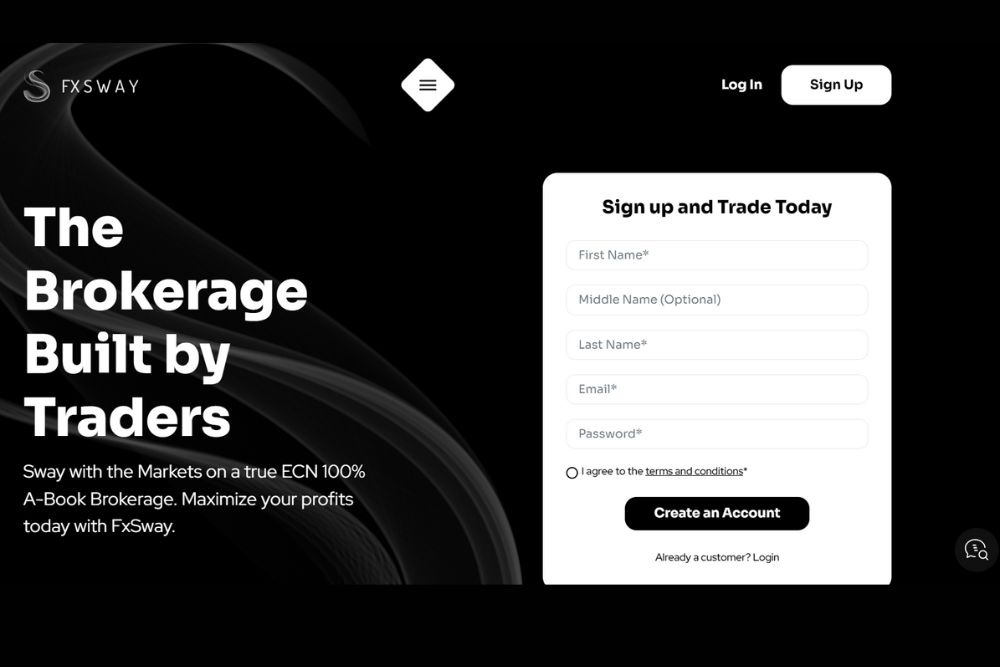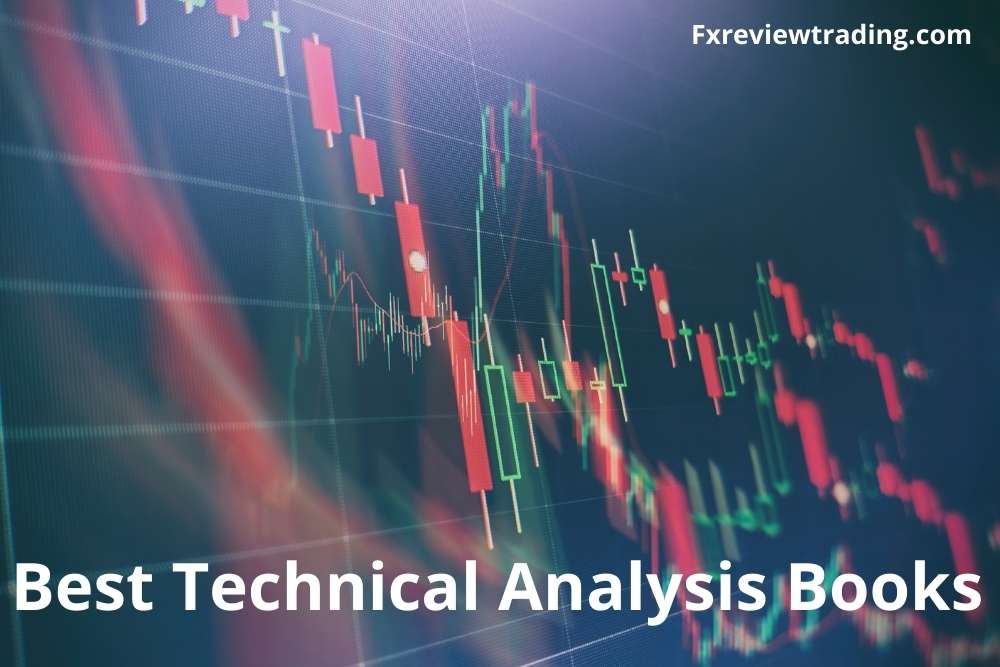When we look into the current trend, we can find that many traders are getting attracted to forex trading. But have you ever queried why it is happening?
The mere reason behind it is the high leverage value offered in forex compared to that of other financial instruments such as stocks.
Many of you have come across the word “forex leverage” in your trading routine, but only a few know its actual meaning, how it can influence your bottom line and how it works in day-to-day trading.
If you’re too looking to learn more about forex leverage trading, read this article till the end. In this guide, we have covered all the concepts, including the definition of forex leverage, how forex traders can make use of leverage, how leverage works, and the risk associated with it.
What is Forex leverage?
Leverage refers to borrowing a specific amount of capital to invest in securities. In the case of the trading market or forex, this money is generally borrowed from a financial service provider, or we can say, a broker.
Forex trading offers high leverage value to traders. Thus, it helps traders to open larger positions by paying only a small percentage of the total amount.
There are two ways to calculate leverage in Forex. Take a look at the forex leverage calculator below:
For calculating the margin-based forex leverage, it is required to divide the net transaction value by the total amount of margin a trader is required to put up.
Margin-based Forex Leverage = Net Transaction Value/ Total Required Margin
For calculating the real forex leverage value, just divide the total value of the transaction (for open positions) by the total trading capital.
Real Forex Leverage = Total Face Value of Open Positions/ Total Trading Capital
Advantages of Forex Leverage Trading:
The biggest advantage of using leverage is that you can make a considerable amount of money with only a limited amount of capital. Here are some major benefits:
Bigger Profits:
If you are the one wishing to surge your potential profits, then you should definitely trade with leverage. Suppose if you have just 100 dollars in your account. You can still trade up to 100,000 dollars with the leverages.
Trading with a larger amount will automatically surge the chances of profit. So, in short, the profitability of a trader is enhanced through leverage.
No Need to Pay Any Interest:
Most brokers don’t charge any interest on leverage, so you’ll not need to worry about paying hefty interest on your borrowing. If you wish to begin trading forex, you can get good leverage without any fear of interest payments.
Allow Low-Volume Traders to Open Large Positions:
Gone are the days when wealthy people dominated the market. They were the ones who used to invest large capital in the financial market and harvest huge returns on investment.
With the forex leverage, things have changed now. The trader having low capital can also harvest most out of the market. All they just need is a good forex broker such as PrimeFin.
Disadvantages of Forex Leverage Trading:
Heavier Losses:
As forex leverage trading surges your chances of harvesting the higher returns, it also opens the way for massive losses. Big gains can turn into smaller ones.
Likewise, small losses can turn into bigger ones. Thus, foreign exchange trading requires attentiveness and carefulness. Also, always remember to use the stop-loss order feature on the trade whose prices shift far away from your trading forecast.
Fixed Liability :
Leveraging creates an urgent liability that requires to be fulfilled by the end of the trading day. The primary value of leverage needs to be fulfilled. The amount of money should be paid timely to continue trading.
Margin Call Risk:
It is the biggest risk that is always present in trading. The trader might fall under the requirements of the margin set by the financial service provider. In simple words, it is the size of a transaction that a trader needs to meet depending on its capital.
In case, you fall below the threshold level; then the brokerage firm may push a margin calls which will automatically liquidate the portfolio of the trader.
It means that all the trading positions which might have delivered tremendous returns are closed early. This ever-present risk on the current leverage is something a trader should be aware of while managing the capital for avoiding such things.
Why Is Leverage Offered In Forex Trading?
There are various reasons why financial service providers offer forex leverage. All financial markets generally provide it, but leverage in forex is usually much higher in comparison to other trading instruments.
For the US equity market, the leverage offered is about 1.5 times the total value of the share. Leverage can be as high as 500:1 for professional accounts.
Here are some of the reasons why Forex brokers offer leverage or margin trading:
Less Volatile Market:
The net volatility of the prominent currency pair is approximately 10%, which is quite lower than the stock market’s volatility of about 40%. The less volatility in the fx market can be one of the main reasons for high leverage.
Operates 24 Hours a Day:
The forex markets are open five days a week, eight hours per day. You’re can trade forex 24 hours per day, seven days per week. This is the primary reason why high leverage is offered in the forex market.
High Liquidity:
A trader can exit and enter with very low slippage. The broker can easily exit if it has to liquidate the trader’s position.
Trade Size and Forex Leverage :
A financial service provider has a different margin requirement for smaller traders and larger forex traders.
If the leverage value that the broker is offering on trade is 200:1, it reflects that the investor is expected to have at least 2% of the total trade value in its trading account as collateral.
For standard trading, the base currency units considered are 100,00 units. Thus, for the trade of this particular size, the offered leverage might be 100:1 or 50:1.
A higher leverage value or ratio of 1:200 is generally employed for the trading position size of $50,000 or less than this.
Many financial service providers allow forex traders to carry out the smaller trades between $10,000 and $50,000 in which they might provide the lower margin.
However, for a new trading account, they won’t allow the 200:1 leverage. Forex brokers are required to manage the trading risk, and while doing so, they might surge the margin requirements of the trader or may decrease the ratio of leverage and finally, the size of the position.
The leverage provided in the equity market is about 2:1, and that provided in the futures market is 15:1. So, you noticed the difference between the forex and other market leverage.
Risk Associated With Forex Leverage Trading:
The risk is inevitable while trading. It can arise due to small price shifts in the market. One cannot avoid it, but one can definitely mitigate it to a greater extent.
Here’s a list of all risks associated with forex leverage trading:
- A trader is usually exposed to the financial market risk, especially when they are not aware that their trading position has shifted.
- The trader is also exposed to the risk of the interest rate. If the rates of interest rise the amount of borrowing the money will also surge.
- The trader may also be subject to various political risks, which might influence the value of the trading position and thus make it impossible for the trader to exit the position.
How to Manage Risk in Forex Trading with High Leverage?
Some of the key risk management tools which can mitigate the risk:
- Keeping small trading positions
- Making use of trailing stops
- Try to limit the amount of money for every trading position
So, now it is clear that forex leverage can be used profitably and successfully with proper management. Always remember that the leverage is customizable and flexible to each investor’s choices and needs.
The Bottom Line:
Leveraged trading in the foreign exchange market is common, as it allows a trader to make more gains and also generates strong returns with a handful of funds in an account.
Many forex traders get drawn to the fx market, as here the requirements of margin are lower compared to the value of money a trader can control.
However, “leverage is a double-edged sword”, meaning high leverage in forex can generate huge profit, but on the flip side, it may lead to potential losses too.
There are several risks associated with leverage which we mentioned earlier in the article. Along with the risk, we have presented various ways to mitigate it. So, read them properly and try to employ them in your trading.
Select your broker wisely. Never risk your hard-earned money with any fake brokerage firm. PrimeFin is a well-regulated authentic broker working under the guidelines of the Cyprus Securities and Exchange Commission (CySEC).
Risk Warning: CFDs are complex instruments and come with a high risk of losing money rapidly due to leverage. Most retail investor accounts lose money when trading CFDs.
FAQs:
Is Leverage a Loan in Forex Trading?
Forex leverage can be understood as a short-term loan offered by your broker which helps you control big positions with less trading capital.
What Is The Safest Leverage in Forex?
For new traders, the safest leverage ratio in forex trading is a maximum of 10:1.
What Does 200 Leverage Mean in Forex?
The 200:1 leverage in forex means that for every $1, you can place a trade worth up to $200. The 200:1 ratio is a typical leverage ratio offered on a mini lot account.
How Much Leverage is Best for a $100 Account?
What Is Leverage Ratio?
Does Leverage Increase Profit?
What Is Margin?
Margin is the amount of money needed as a deposit to open a position with your forex broker. Forex margin level is usually denoted as a percentage of the full amount of the position.








